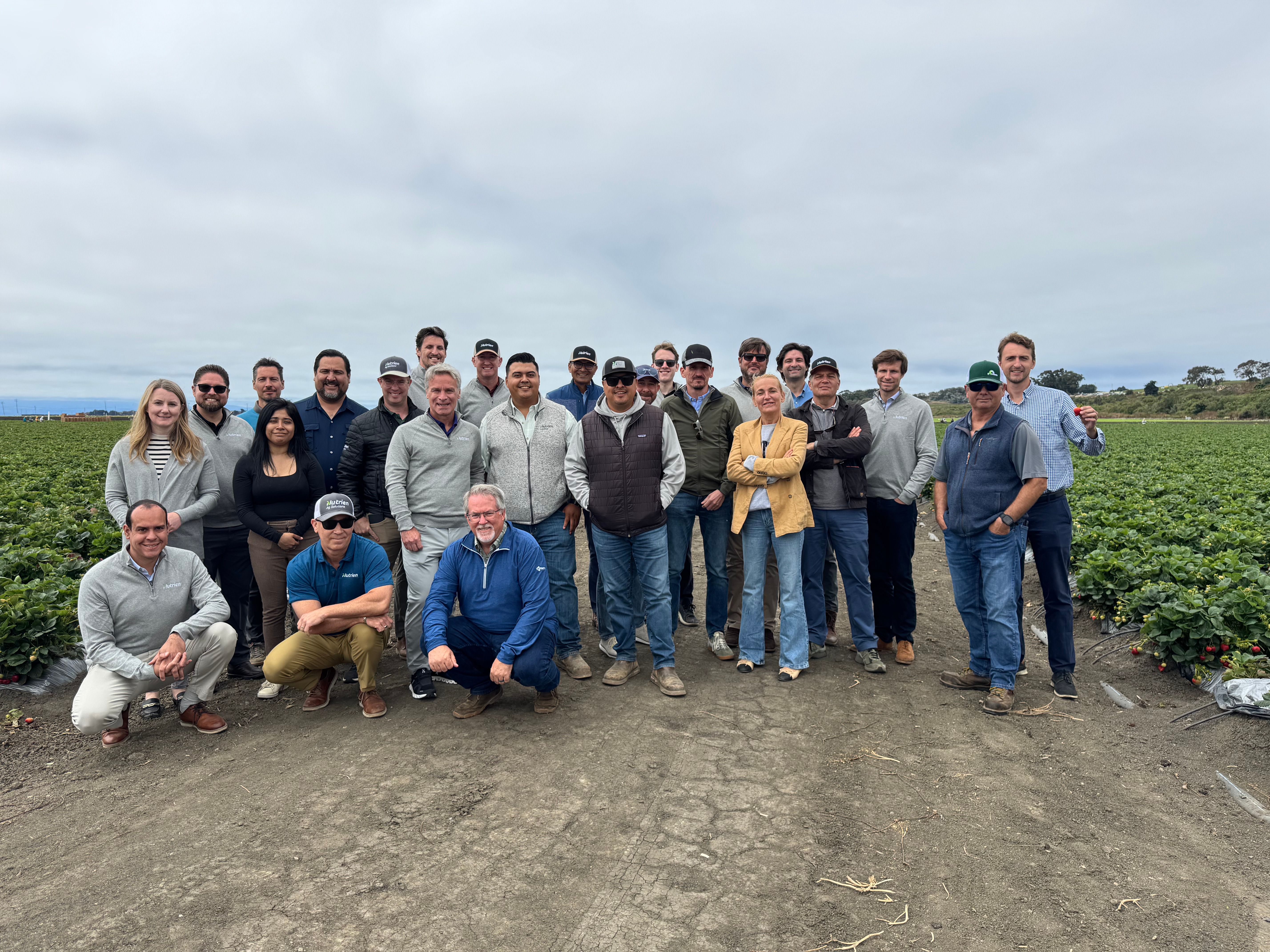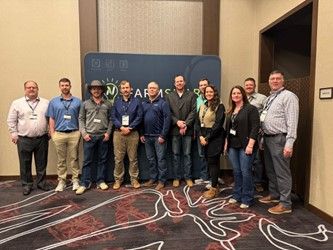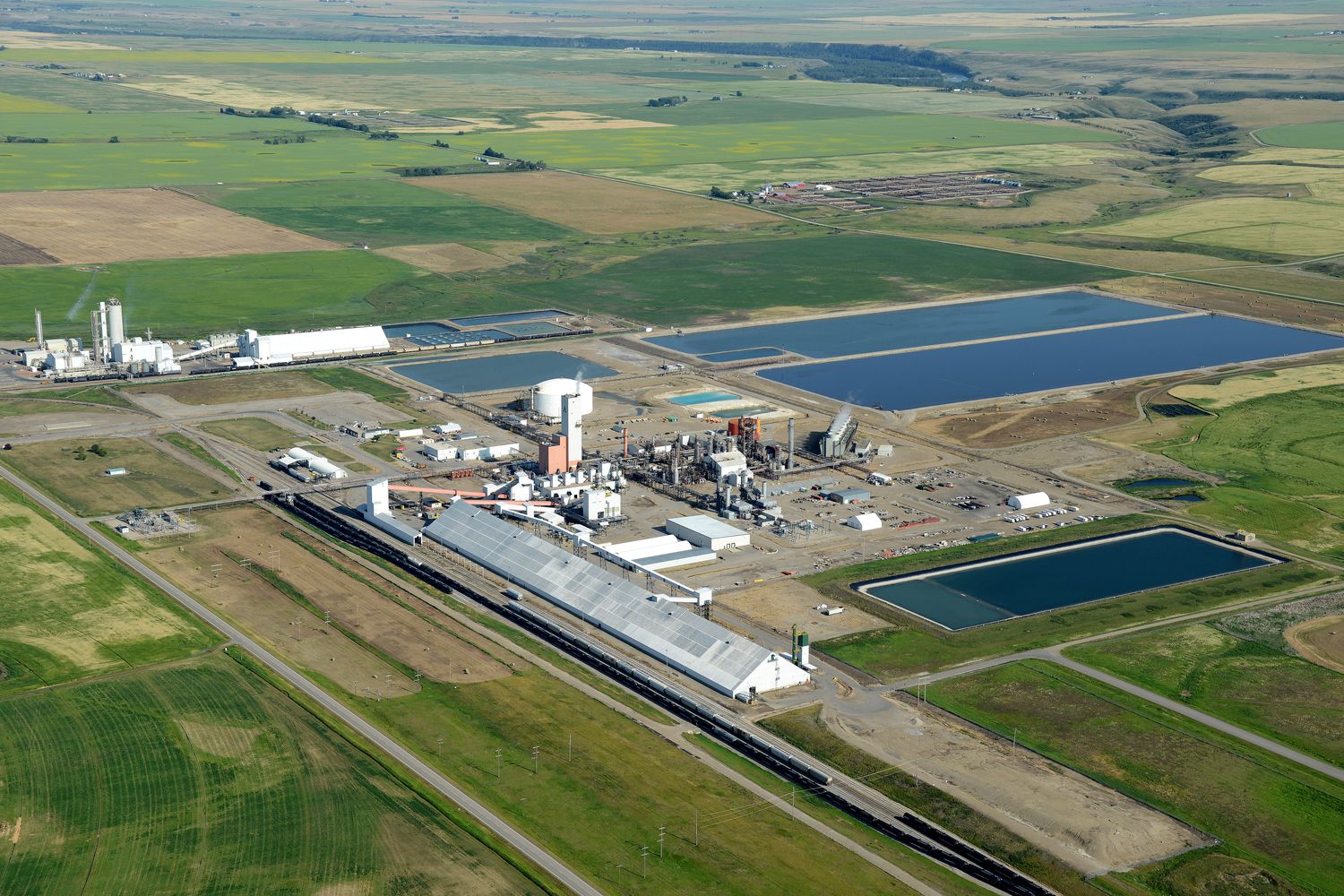
A Collaborative Success: Nutrien Achieves 2025 Freshwater Reduction Target
Nutrien has achieved its 2025 water target, marking a milestone in our commitment to water stewardship and managing our environmental performance. The target: reduce annual freshwater use in current operations at higher-risk and higher-use manufacturing facilities by three million cubic meters by 2025, which cumulatively is expected to reduce freshwater use by 30 million cubic meters by 2030¹.
A reduction of three million cubic meters is equivalent to roughly 1,200 Olympic-sized swimming pools. This progress is the result of a collaborative effort across operating segments.
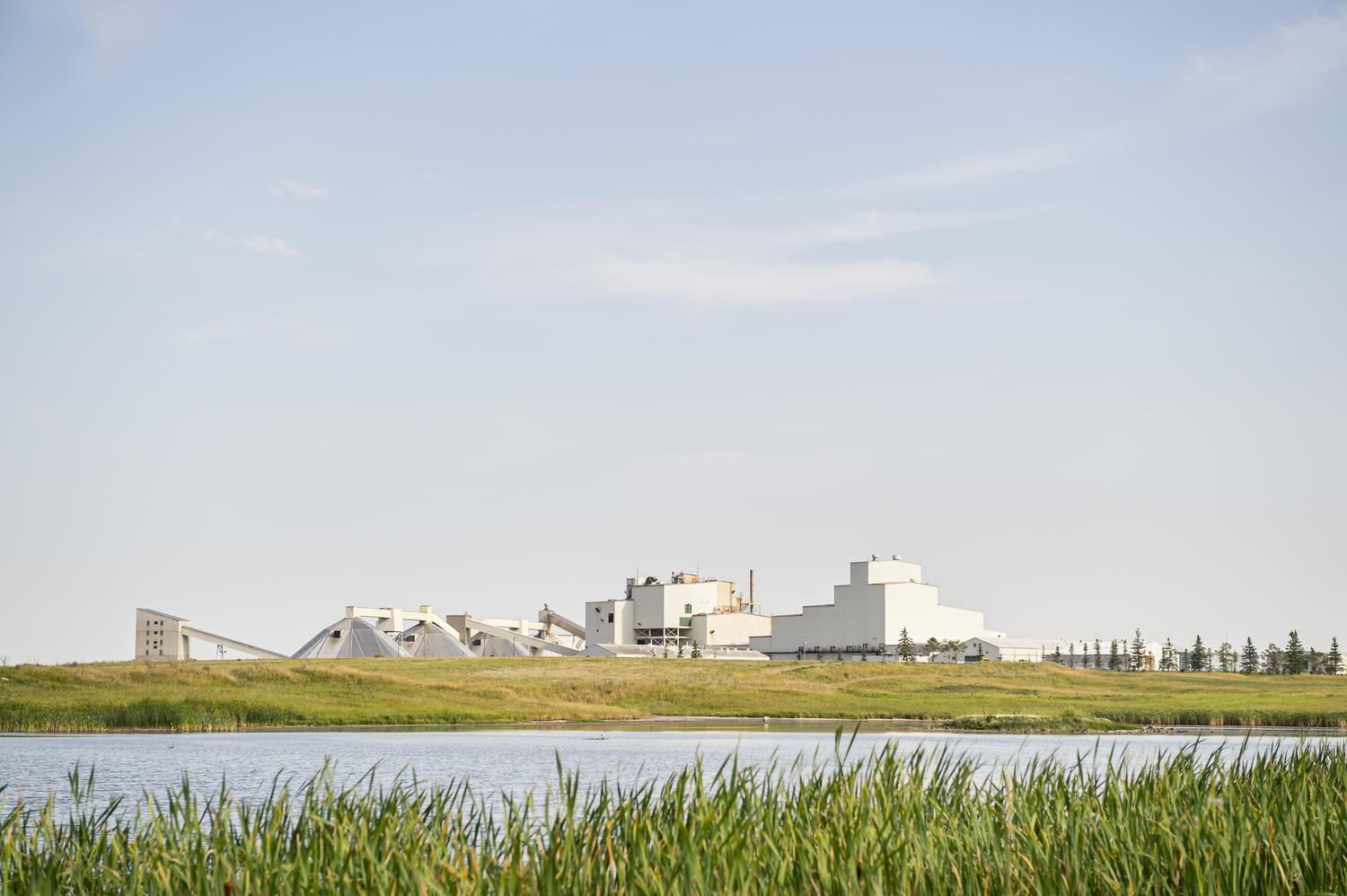
The water reduction target was established via a comprehensive screening process designed to identify watersheds and sites with the highest water usage. "We started off at a global level and used external scanning tools to find out where our highest risk facilities were in the network,” explained Matt Salens, Director, Environmental Sustainability & Performance at Nutrien².
Since 2018, over 20 projects across our North American upstream fertilizer production operations have been completed to collectively reduce freshwater use. These projects covered a wide range of actions including: upgrading pump seals at our Aurora, NC phosphate facility; incorporating variable flow controls and brine water blending in emissions scrubbers at our Allan, SK potash facility; installing a mixing system to incorporate brine water into the live ore water supply at our Vanscoy, SK potash facility; upgrading water filtration systems at our Lima, OH nitrogen facility; and installing a new condensate stripper at our Carseland, AB nitrogen facility. Collectively, these projects reduced our cumulative freshwater use in 2024 by approximately three million cubic meters compared to our 2018 base year.

Cory Gonya, Environmental Engineer, Lima Nitrogen, shared how Lima has five projects contributing to our water target, with four already in service. "Most water savings are achieved by reusing once-through cooling water that would otherwise be discharged. One project redirects clean condensate for reuse in another part of the plant. Another diverts a diluted urea stream to urea solution production rather than solid urea production, reducing both water and steam needs in the process.”
Salens shared, “One of the most rewarding aspects of working on these water stewardship projects is the engagement and collaboration among the sites and subject matter experts. This hands-on approach and the diversity of ideas brought to the table contributed meaningfully to the project’s outcomes. It was inspiring to learn how much thought is put into our water use as a normal course of day-to-day operations.”
"We’ve met this current target, but that doesn’t mean the work stops," emphasized Salens. Nutrien expects to continue to review water reduction projects as we aim for the 2030 cumulative target of 30 million cubic metres.
To learn more about our approach to water stewardship visit page 35 in the Sustainability Report:
Read our sustainability report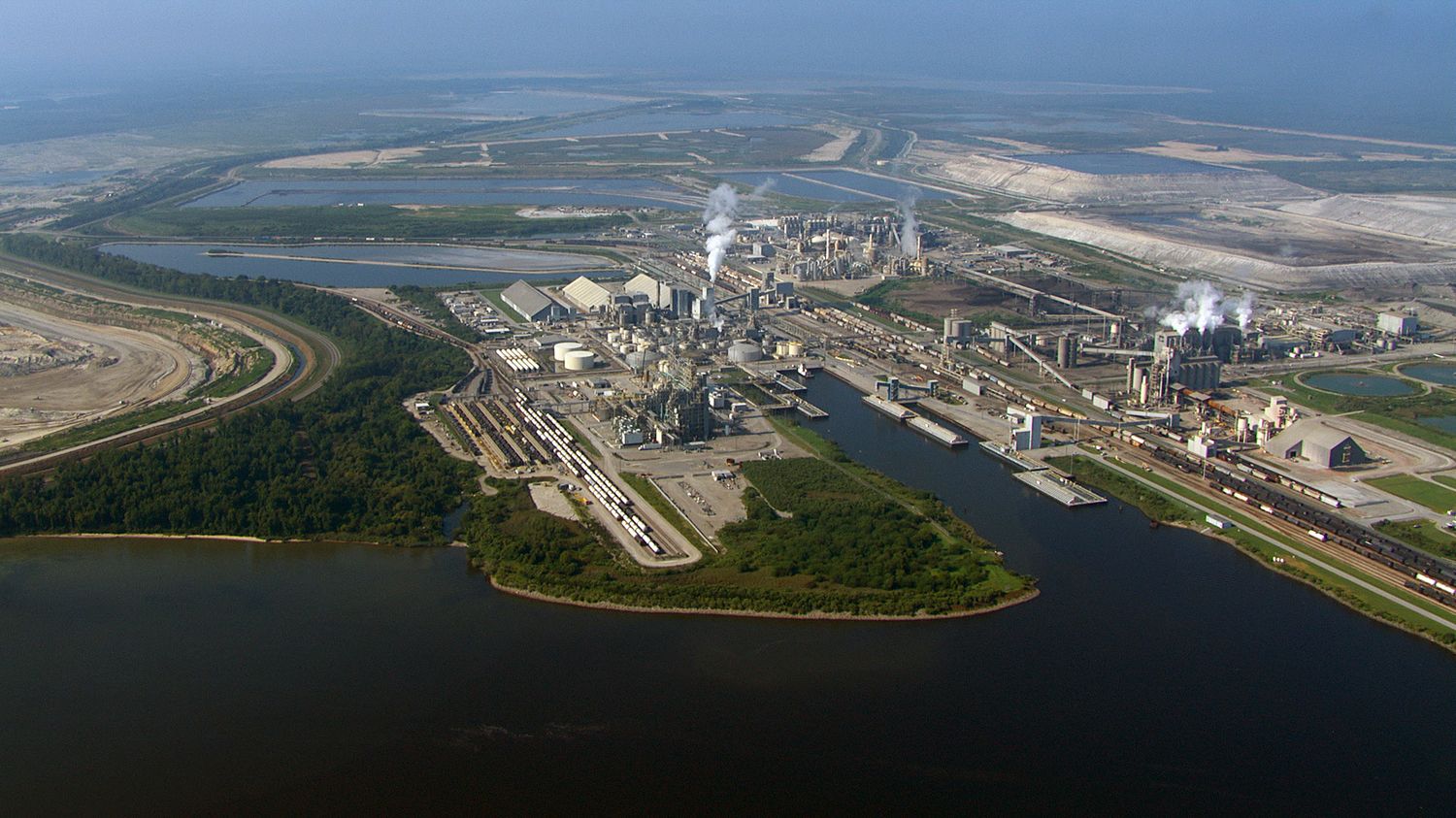
Read other water stories:
Nutrien’s commitment to water stewardship demonstrated in Manitoba water project
¹The water target is supported by a series of projects executed and maintained between 2018 and 2030. Reductions are calculated on an absolute basis at a project level on a before/after basis and assumes such projects are maintained through 2030 and/or the life of the project. Nutrien's internal water definitions incorporate concepts defined by disclosure frameworks of the Global Reporting Initiative, the Sustainability Accounting Standards Board and Carbon Disclosure Project.
² Nutrien uses the World Resources Institute's Aqueduct Tool
Related stories
